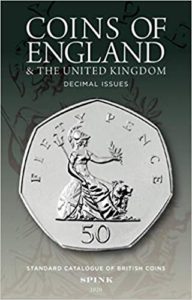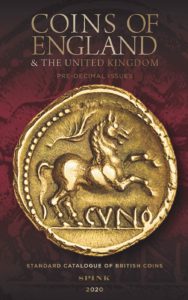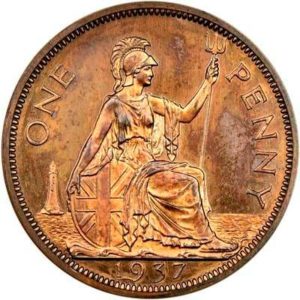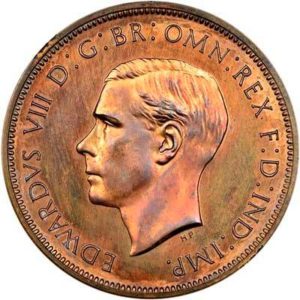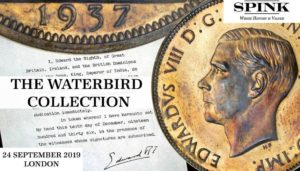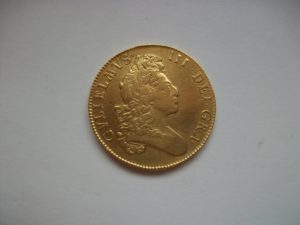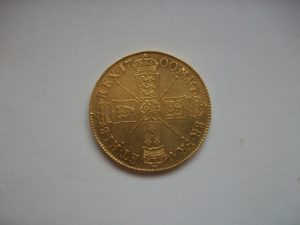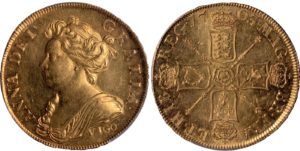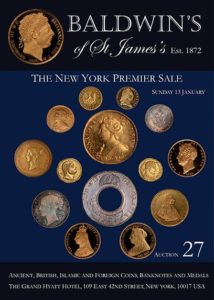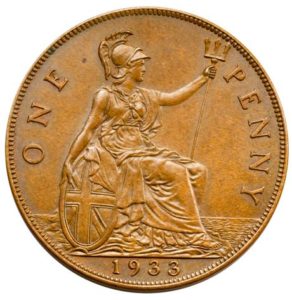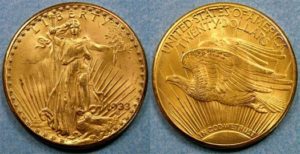The coin market is extremely buoyant. We are acutely aware of this as day after day we have people e-mailing, phoning, and writing to us in record numbers. It’s not just us, we speak to other dealers regularly and everyone says the same thing. In a nutshell we are selling out of stock and it’s impossible to get new stock in. Recently we have been supplying dealers on a daily basis; this has never happened before.
https://www.ringramcoins.com/
And if you want further proof of just how “hot” the market is I can give you some recent hammer prices of major auctions here in the UK. Bear in mind these are HAMMER PRICES. The buyer will be paying 24-28% extra on top of these prices.
Undated Maundy set slabbed AUNC £1450
1829 Maundy set slabbed UNC £925
4d 1840 Slabbed UNC £220
11/2d 1836 Slabbed UNC £230
Now it is true that some of these slabs had high numbers and you might put the high prices down to that. If so, feast your eyes on these entirely unslabbed hammered prices. Remember to these prices the buyer paid around an extra 25%!
https://www.ringramcoins.com/.../ringram-coins-catalogue.pdf
Shilling 1827 GVF hairlines £260
Shilling 1829 About EF cleaned £380
Sixpence 1836 About EF £420
Crown 1847 Gothic About VF £1700
Crown 1893LVI GEF £420
Florin 1854 Fine £1000
Florin 1862 VF Cleaned + marks £850
Florin 1866 About EF cleaned + marks £320
Florin 1877 AEF £220
These are just a few examples, and they are really quite staggering figures. As any economist will tell you, what goes up, must come down, and the boom time for coins will not last forever, but right now prices are higher in both real and relative terms than at any time since the 1970’s.
 Phone:
Phone: 